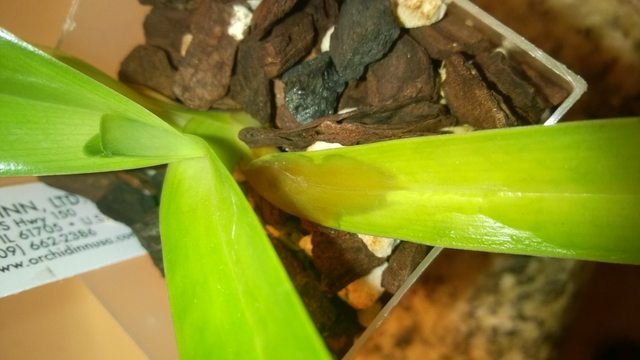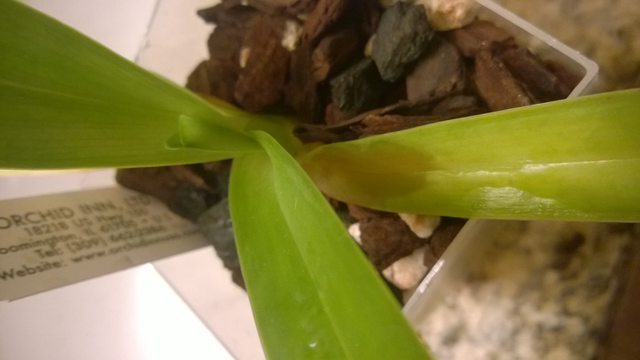Denver
Well-Known Member
This morning when I went to water a few plants I discovered what looks like rot on one of my philippinense seedlings.
With flash:

Without flash:

I didn't really have time to deal with it before heading to work so I just put some Dragon's Blood on it and moved it into isolation.
Would it be best to go ahead and remove that whole leaf when I get home tonight? Or would it be ok to wait and see if the Dragon's Blood works its magic? It is a fairly recent acquisition that was just starting to take off with a bunch of new root tips and a rapidly growing new leaf so it would be a shame to loose it.
With flash:

Without flash:

I didn't really have time to deal with it before heading to work so I just put some Dragon's Blood on it and moved it into isolation.
Would it be best to go ahead and remove that whole leaf when I get home tonight? Or would it be ok to wait and see if the Dragon's Blood works its magic? It is a fairly recent acquisition that was just starting to take off with a bunch of new root tips and a rapidly growing new leaf so it would be a shame to loose it.



